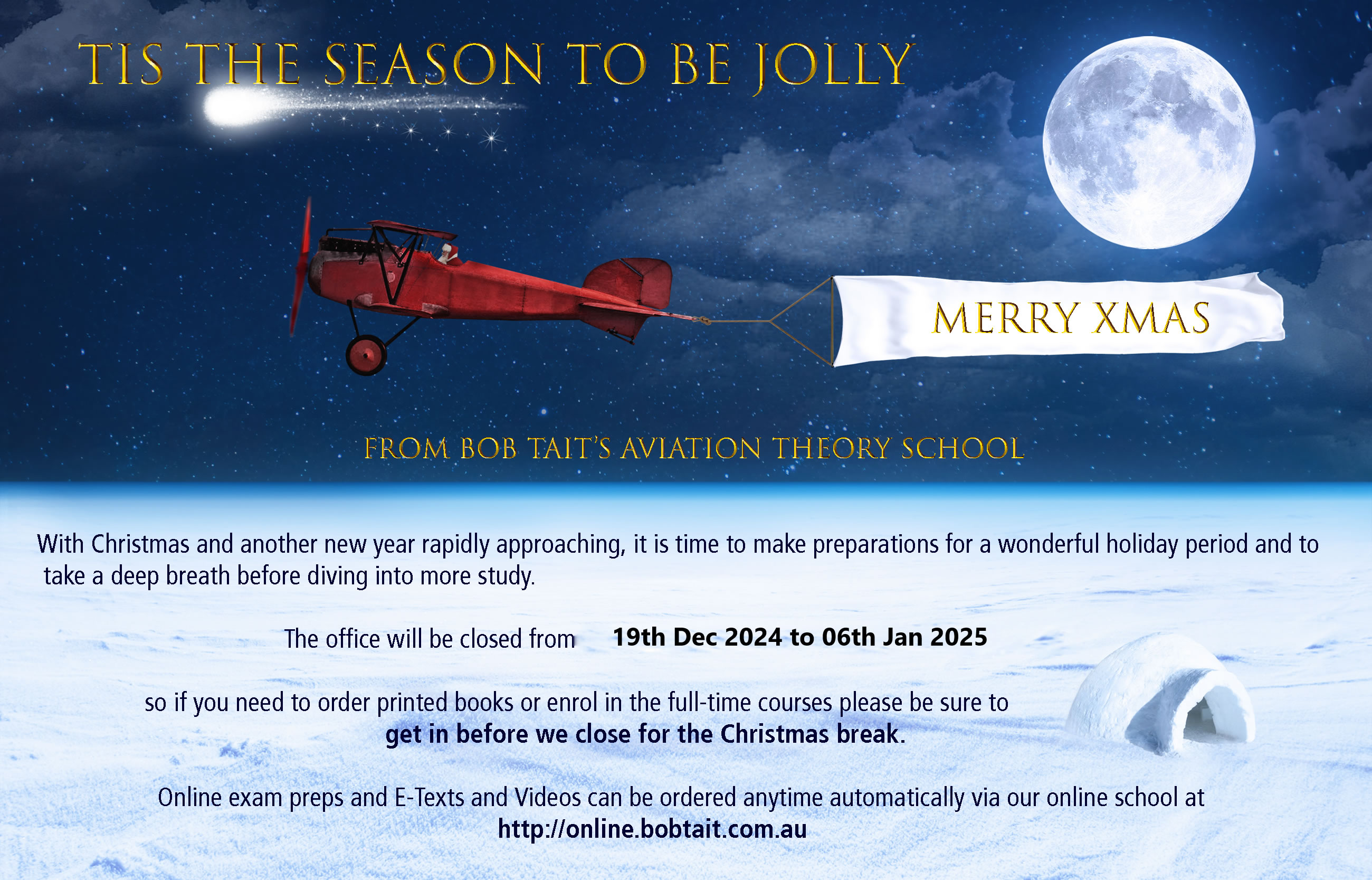A few thoughts, if I may ..
a. A descent and turn towards operating engine
Descent ? probably. Turn to the operating engine ? depends on the strength of the couples so, maybe yes, maybe no.
b. A slip toward the operating engine.
Definitely.
c. A climb and turn towards the failed engine.
Climb ? probably not. Turn to the failed engine ? depends – see (a)
d. A slip towards the failed engine.
There is no force in the setup to cause this so, no.
It follows that (b) is the sensibly correct alternative so run with it.
The usual sequence of events with an engine failing is –
(a) Rudder input on the operating engine side to oppose the asymmetric yawing couple. Note that this ALSO results in a lateral rudder force which creates a sideslip toward the failed engine side. (Along the way, power goes up, configuration changes are made, etc.)
(b) If the speed is anywhere near Vmc, input 5 degrees bank to the operating engine side immediately. This creates a balancing sideslip toward the operating engine which reduces the actual Vmc. Unless otherwise stated, assume that the OEM book Vmc is based on 5 degrees toward the operating engine side.
Continued flight wings level or, much worse, bank the other way, results in a significant increase in actual Vmc and, historically, has been the causative factor in more than a few hull losses.
Note that 5 degrees relates to an initial low speed failure and is a handling, rather than a performance (read climb) consideration. Once the control concerns have been sorted out and speed increased, best climb will require around 3 degrees bank toward the operating engine to balance the slip-associated drag.
(c) If the speed is well above Vmc bank requirements, and terrain avoidance is not super critical, the pilot may elect to continue wings level, accepting the sideslip-related reduction in climb performance to achieve a reduced workload. Indeed, for some aircraft (usually in the jet fraternity) ADI limitations with small bank angles may dictate wings level flight once the initial handling problems have been sorted out.








